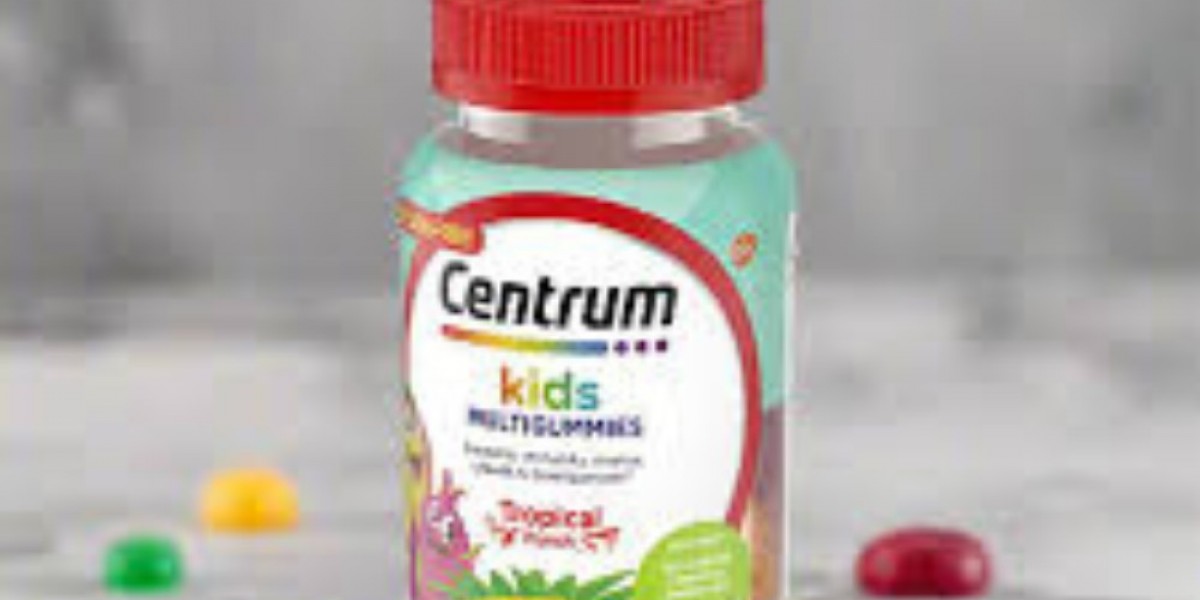Unlock the Secret to Perfectly Heated Pizza Every Time!
Pizza is one of those beloved foods that can bring joy with every bite, but did you know that how you heat it can significantly impact its flavor and texture? Whether you're reheating last night’s take-out or enjoying a frozen pizza, achieving the perfect heating time is essential for a delightful experience. Many pizza enthusiasts make common mistakes, such as overheating or underheating, which can lead to a disappointing meal. In this article, we’ll explore the optimal ways to heat pizza in the oven, ensuring that each slice is warm, crispy, and full of flavor. Get ready to elevate your pizza game!
Understanding the Basics of Oven Heating
To truly master the art of heating pizza, it’s crucial to understand how your oven works. Most ovens utilize either gas or electric heating elements, which can affect cooking times and results. When you preheat your oven, it allows the heating elements to reach the desired temperature, ensuring that your pizza is heated evenly. Preheating is a step that many skip, but it serves as the foundation for proper cooking. A well-preheated oven ensures that the bottom of your pizza gets that perfect crisp while the toppings are evenly melted. This section will delve into the mechanics of oven heating and explain why taking this extra step can elevate your pizza experience.
Optimal Heating Times for Different Pizza Types
Knowing the right heating times for various types of pizza can make all the difference in achieving that perfect slice. Different types of pizza require different approaches: frozen, homemade, and take-out pizzas all have unique characteristics that influence cooking times. For instance, frozen pizzas typically need a longer heating time due to their initial cold state, while homemade pizzas can vary significantly based on dough thickness and toppings. Let’s break down the optimal heating times and methods for each type of pizza to help you get it just right.
Frozen Pizza
When reheating frozen pizza, preheat your oven to 425°F (220°C). Place the pizza directly on the oven rack or on a baking sheet for a softer crust. Frozen pizzas usually take about 12-15 minutes to heat through. Keep an eye on the pizza during the last few minutes of cooking to ensure the cheese is bubbly and the crust turns golden brown. If you notice that the edges are getting too dark, you can cover the pizza with aluminum foil to prevent burning while allowing the center to cook longer.
Homemade Pizza
Homemade pizzas are a delightful treat, but their cooking time can vary greatly. For a thin crust pizza, preheat your oven to 475°F (245°C) and bake for about 8-10 minutes. For thicker crusts, you may want to lower the temperature to 425°F (220°C) and increase the cooking time to 12-15 minutes. The key is to ensure that the dough is cooked through and the toppings are melted without burning the crust. Using a pizza stone can enhance the cooking process by distributing heat evenly, so consider investing in one if you enjoy making pizza regularly.
Take-Out Pizza
Reheating take-out pizza can sometimes be tricky, as you want to restore its original quality. Preheat your oven to 375°F (190°C) and place the pizza on a baking sheet lined with parchment paper. Heat for about 10-12 minutes, checking frequently to avoid overheating. To keep the crust crispy, try placing a baking rack in the sheet pan, allowing air to circulate around the pizza, preventing a soggy bottom. This method helps to maintain that just-baked taste while reviving the flavors of your take-out pizza.
Tips for Achieving the Perfect Heat
To ensure your pizza is heated evenly and thoroughly, there are several tips you can follow. Using a pizza stone can help to achieve a crispy crust, as it retains heat well and distributes it evenly. If you don’t have a pizza stone, a baking sheet or a cast-iron skillet can also work well. Additionally, placing your oven rack in the middle position allows for optimal air circulation. For those who enjoy a little extra crunch, you can try broiling the pizza for the last minute of cooking. Just be sure to keep a close eye on it to prevent burning!
Avoiding Common Mistakes
Many people unknowingly make mistakes that can ruin their pizza experience. Overheating can lead to a burnt crust, while underheating can leave the center cold and unappetizing. One common error is not preheating the oven, which is essential for achieving the right texture. Additionally, using the wrong settings can lead to uneven heating. To avoid these pitfalls, always preheat your oven, keep an eye on the pizza as it cooks, and adjust your oven racks appropriately. With a little attention to detail, you can ensure that every pizza you heat is a success.
Mastering the Art of Pizza Heating
In summary, heating pizza in the oven might seem straightforward, but there are key factors to consider to achieve the best results. From understanding how your oven works to knowing the optimal heating times for different pizza types, these tips will guide you towards perfectly heated slices every time. Don’t be afraid to experiment with your own pizzas and share your experiences! The more you practice, the better you’ll become at mastering the art of pizza heating. Enjoy your next slice with confidence!








